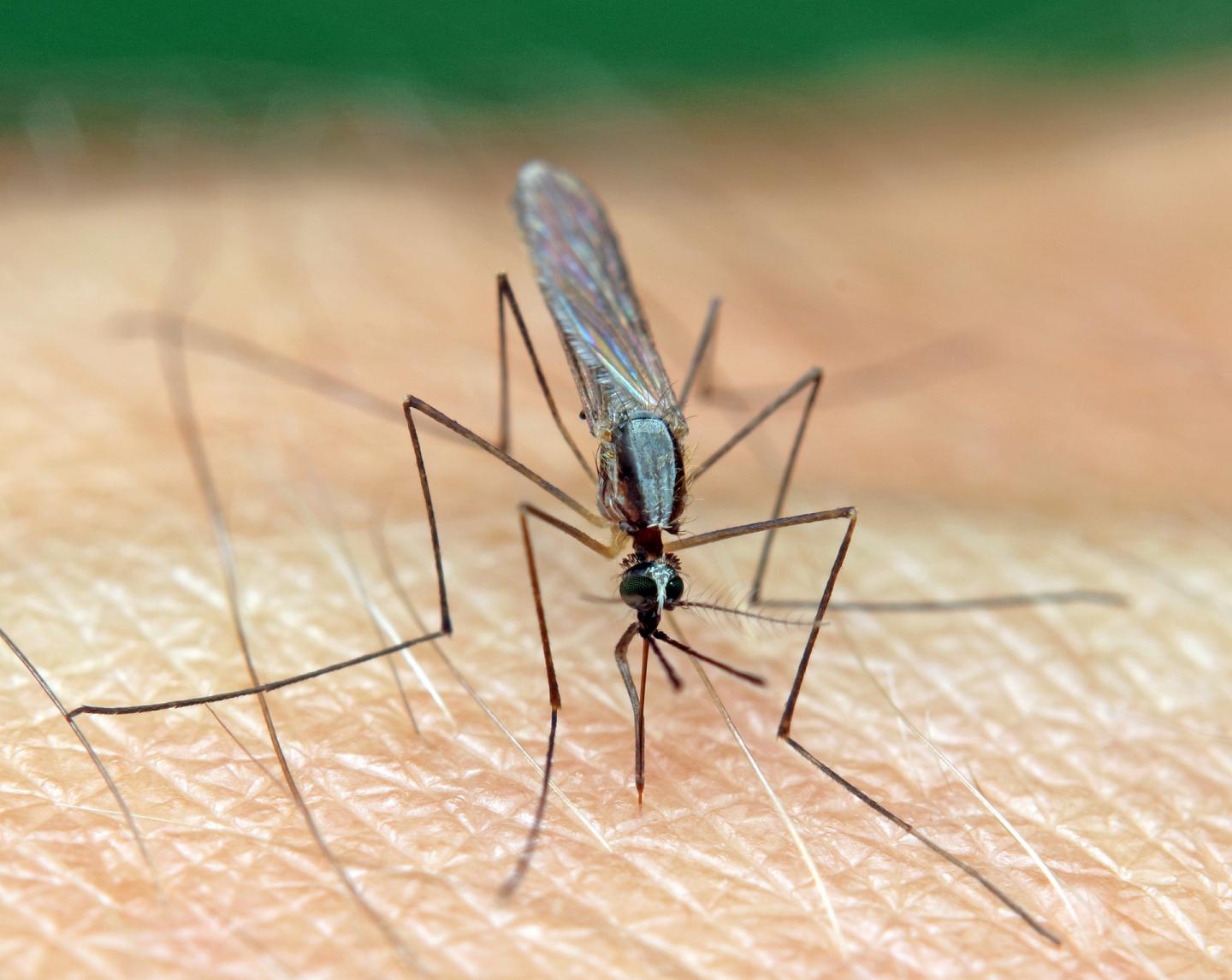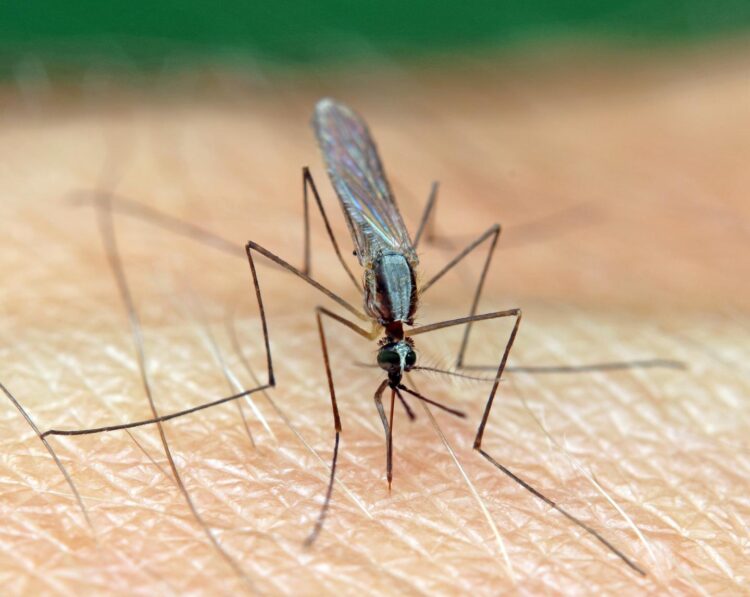The first X-ray structures of the molecular complex that allows malaria parasites to spread disease highlight a novel target for antimalarial treatments

Credit: Public domain (Pixabay)
New insight on the molecular mechanisms that allow malaria parasites to move and spread disease within their hosts has been published today in the open-access eLife journal.
The movement and infectivity of the parasite Plasmodium falciparum, and ultimately its ability to spread malaria among humans, rely on a large molecular complex called the glideosome. The new findings provide a blueprint for the design of future antimalarial treatments that target both the glideosome motor and the elements that regulate it.
Parasites from the genus Plasmodium, including the deadliest species Plasmodium falciparum, are responsible for half a million deaths from malaria each year. As these parasites are becoming resistant to current artemisinin-based therapies, there are significant efforts to develop new vaccines and preventive treatments.
“This is especially crucial since climate change threatens to increase the reach of the Anopheles mosquitoes that carry the parasites,” says lead author Dihia Moussaoui, a PhD student at Institut Curie, Sorbonne University, CNRS, Paris, France. “We wanted to take a deeper look into the molecular mechanisms that enable these parasites to move among the cells of their hosts in order to identify potential new targets for interventions.”
The core of the glideosome in Plasmodium parasites features an essential Myosin A motor (PfMyoA) – a primary target for current drugs against malaria. PfMyoA is a critical molecule in the parasite life cycle, partly because it powers the fast motility needed for the parasite’s motile spore-like stage. The molecule has a conserved globular motor domain and a lever arm that binds two ‘light chains’ of molecules, PfELC and MTIP.
In their study, Moussaoui and the Institut Curie team, in collaboration with the Trybus laboratory at the University of Vermont, US, captured the first X-ray structures of the full-length PfMyoA motor in two states of its motor cycle in Plasmodium falciparum. Their work revealed that a unique priming of the PfMyoA lever arm results from specific lever arm/motor domain interactions, allowing for a larger powerstroke to enhance speed of movement.
The lever arm typically contains amino acid sequences called IQ motifs that bind molecular light chains. In PfMyoA, both the first IQ motif and the PfELC that binds to it are so degenerate in their sequence that the existence of an essential light chain has only been recognised in recent studies.
Further analysis of the X-ray structures by the team showed that PfELC is essential for the invasion of red blood cells by Plasmodium falciparum and is a weak link in the assembly of a fully functional glideosome, providing a second novel target for antimalarials.
“The structures described here provide a precise blueprint for designing drugs that could target PfELC binding or PfMyoA full-length motor activity,” concludes senior author Anne Houdusse, Team Leader at Institut Curie. “Such treatments would diminish glideosome function, hindering the motility of Plasmodium parasites at the most infectious stage of their life cycle and thereby preventing the development of disease.”
###
Reference
The paper ‘Full Length Plasmodium falciparum Myosin A and essential light chain PfELC structures provide new anti-malarial targets’ can be freely accessed online at https:/
Media contacts
Emily Packer, Media Relations Manager
eLife
[email protected]
01223 855373
Elsa Champion, Press Officer
Institut Curie, France
[email protected]
+33 (0)1 72 38 93 52
About eLife
eLife is a non-profit organisation created by funders and led by researchers. Our mission is to accelerate discovery by operating a platform for research communication that encourages and recognises the most responsible behaviours. We work across three major areas: publishing, technology and research culture. We aim to publish work of the highest standards and importance in all areas of biology and medicine, including Microbiology and Infectious Disease and Structural Biology and Molecular Biophysics, while exploring creative new ways to improve how research is assessed and published. We also invest in open-source technology innovation to modernise the infrastructure for science publishing and improve online tools for sharing, using and interacting with new results. eLife receives financial support and strategic guidance from the Howard Hughes Medical Institute, the Knut and Alice Wallenberg Foundation, the Max Planck Society and Wellcome. Learn more at https:/
To read the latest Microbiology and Infectious Disease research published in eLife, visit https:/
And for the latest in Structural Biology and Molecular Biophysics, see https:/
About Institut Curie
Institut Curie, France’s leading cancer center, combines an internationally-renowned research center with a cutting-edge hospital group that treats all types of cancer, including the rarest. Founded in 1909 by Marie Curie, Institut Curie employs 3,500 researchers, physicians, and health professionals across three sites (Paris, Saint-Cloud, and Orsay), working on its three missions: treatment, research, and teaching. A private foundation with public utility status, Institut Curie is authorized to receive donations and legacies, and thanks to the support of its donors, is able to make discoveries more quickly, improving treatments and quality of life for patients.
To find out more : http://www.
Media Contact
Emily Packer
[email protected]
Original Source
https:/
Related Journal Article
http://dx.





